Types Of Broth – How It Is Made? | Broth Vs Stock
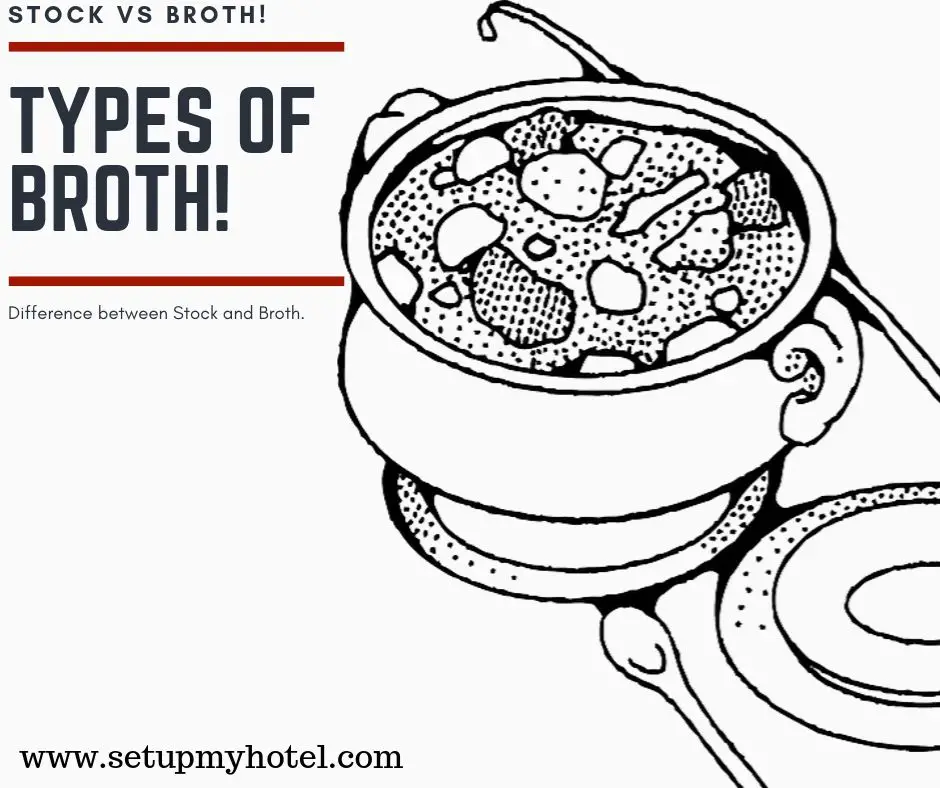
What is Broth? How does it differ from Stock? Broth and stock are similar in technique and cooking time. Meat, ...
Read more
Stock Thickening And Binding Agents Used In Hotel Kitchen
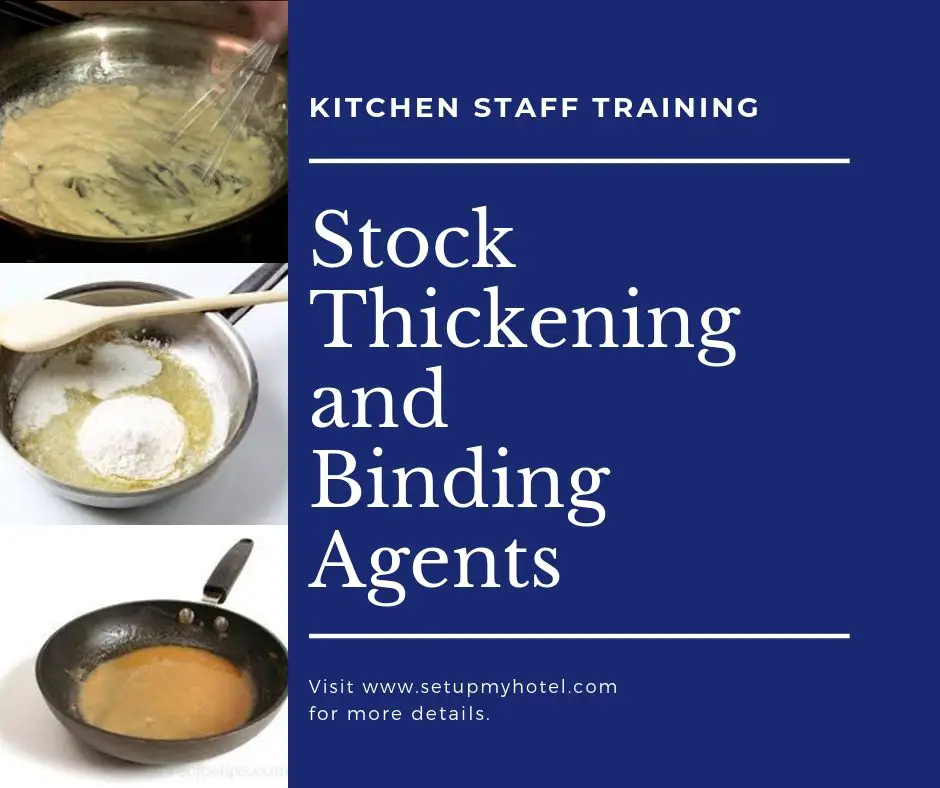
Standard Stock Thickening and Binding Agents Thickening agents give body, consistency, and palatability when used. They also improve the nutritive ...
Read more
The Six Mother Sauces: A Beginner’s Guide To French Cuisine
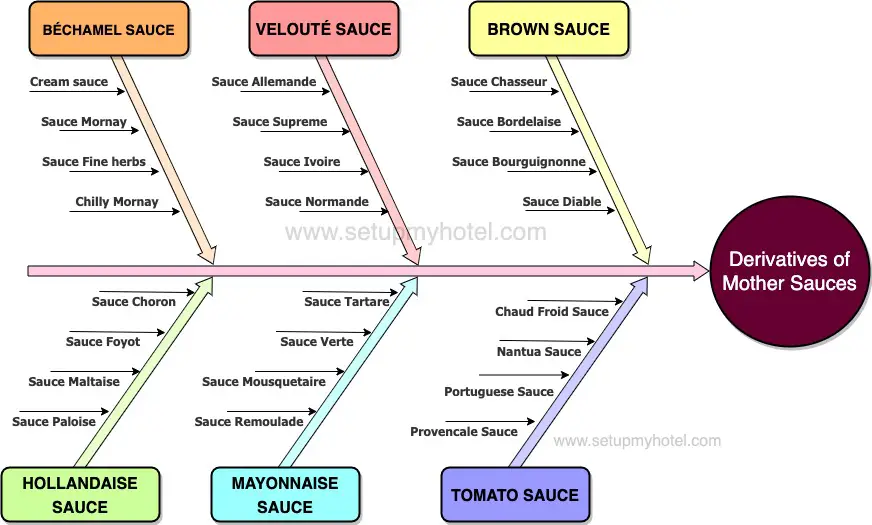
Derivatives of Basic Mother Sauce’s Basic mother sauces are the foundation of French cuisine and consist of five sauces: Béchamel, ...
Read more
Purpose And Function Of Sauces In Culinary Work
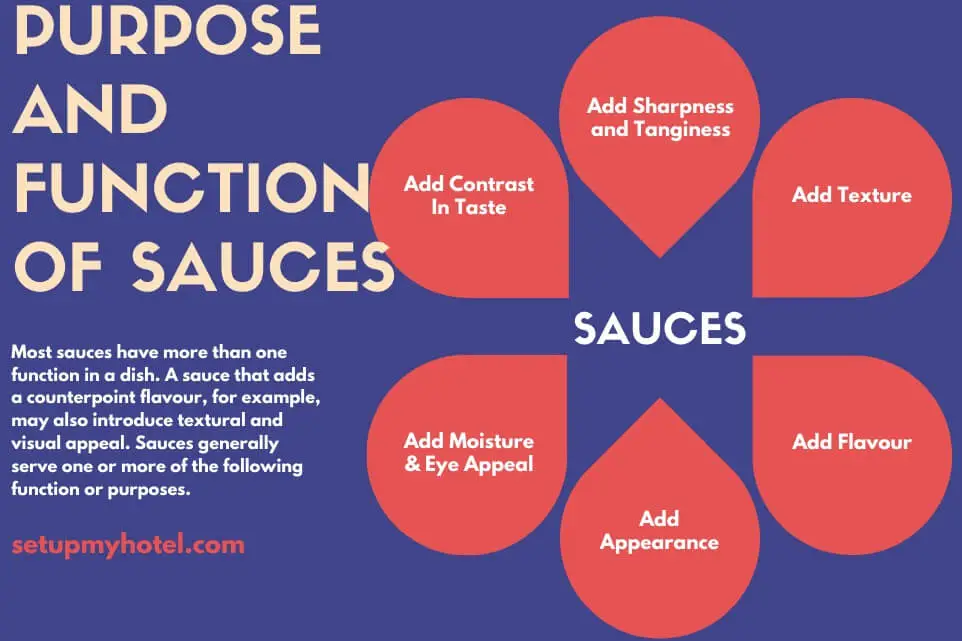
The Purpose and Function of Sauces in Culinary Work Sauces play an essential role in culinary work. They serve as ...
Read more
Classification Of Sauces Or Types Of Mother Sauces
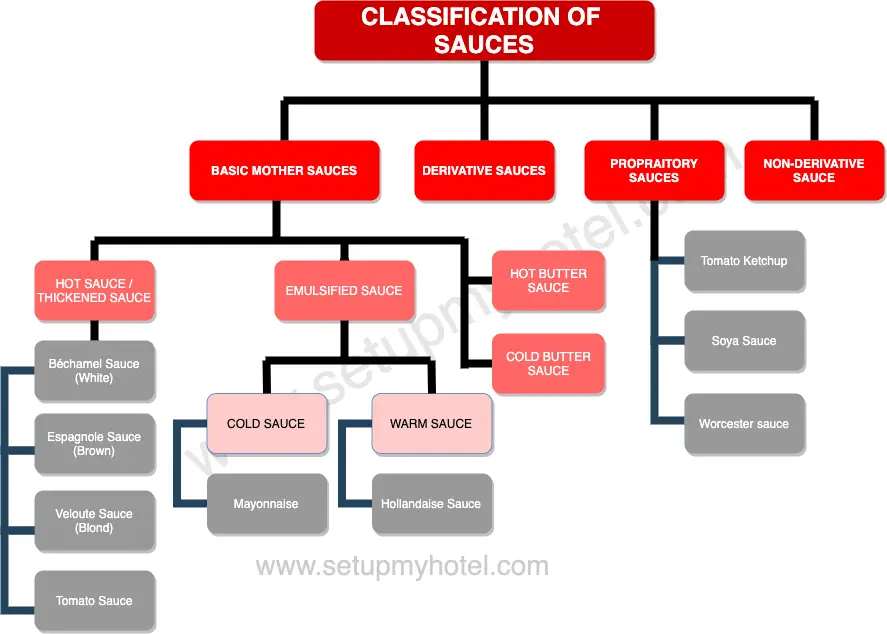
Classification of Sauces or Types of Sauces Sauces are a crucial component of many cuisines worldwide, adding flavor, depth, and ...
Read more
39 Types of Sandwiches / Classification of Sandwich

Types of Sandwiches / Classification of Sandwiches Sandwiches are a popular food item that are enjoyed all over the world. ...
Read more
SOP – Engineering – Checklist – Guest Room Preventive Maintenance

Guest Room Preventive Maintenance Preventive maintenance is essential in ensuring that hotel guest rooms are always in top condition. It ...
Read more
SOP – Engineering – Equipment Maintenance and Repair Standard

Standard Operating Procedure for Engineering – Equipment Maintenance and Repair Standard 1. Purpose: Clearly state the purpose of the Equipment ...
Read more
21 Types Of Cooked Eggs / Types Of Eggs Cooked

Types of Cooked Eggs / Types of Eggs Cooked Eggs have been a staple of human diets for centuries. They ...
Read more
Hard Boiled Eggs Time – How to Make Perfect Hard Boiled Eggs?

Hard boiled eggs time – How to Make Perfect Hard Boiled Eggs? Hard boiled eggs are a versatile and healthy ...
Read more









